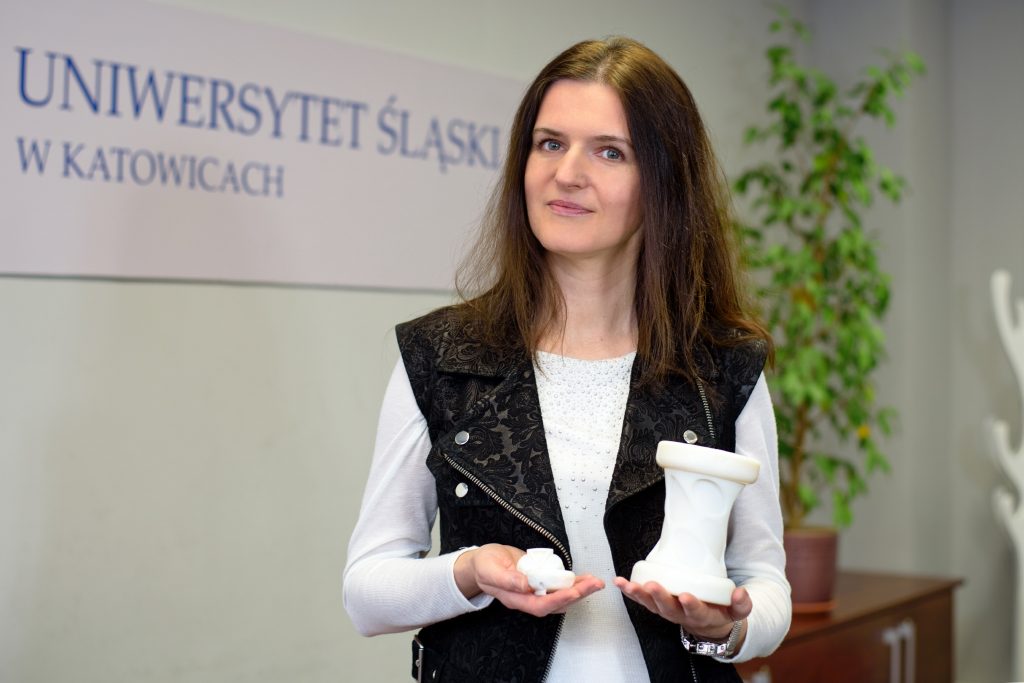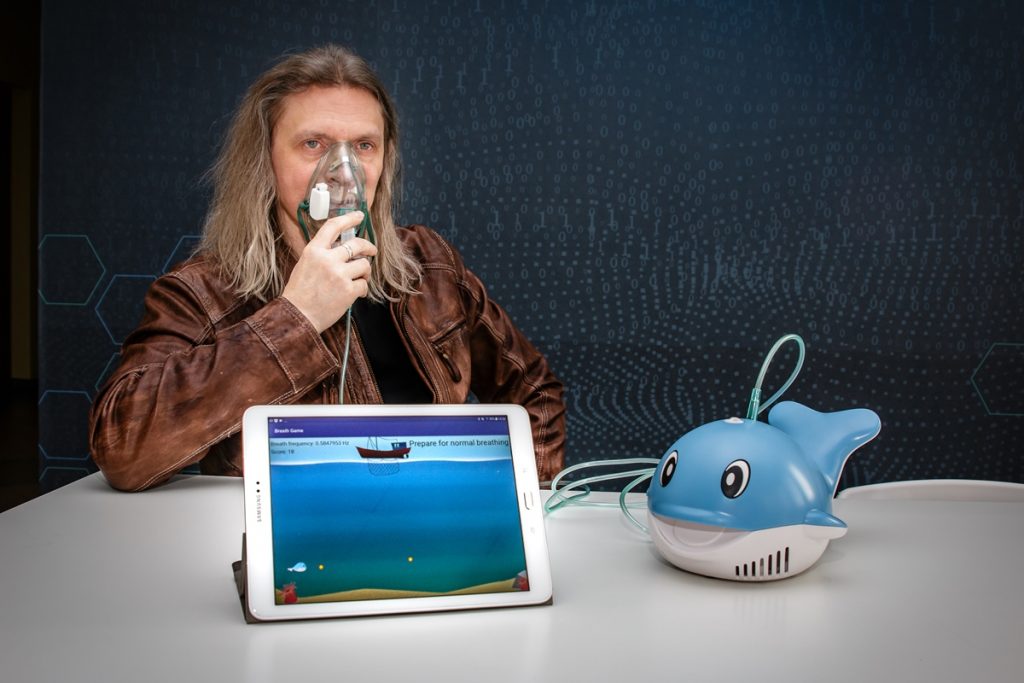The biomedical devices market is developing dynamically. Monitoring of various physiological parameters of an organism is important, and it can be nowadays performed by persons doing sports or patients without medical assistance. It is possible to monitor: heartbeat, walking speed, calories burned, level of lactic acid, and respiratory frequency, which is especially important if we want to analyse the course of various respiratory system diseases, such as bronchial asthma or cystic fibrosis. Monitoring of respiratory frequency allows also to assess the quality of sleep and prevent, among others, sudden infant death syndrome.

Due to popularity of biomedical devices there is a growing need for new solutions in this area that would decrease the production and operation costs and increase the quality of measurements taken. One of the solutions was developed by the researchers from the Institute of Computer Science at the University of Silesia. Their invention has been patented.
The researchers proposed to monitor respiratory frequency by means of electrical signal coded for breath-in and breath-out cycles, which enables also registration of apnoea phase. Such a signal can be easily received and processed for various specific purposes.
The developed system consists of a sensor and a block of systems registering or indicating electrical signals. This solution has simple structure, is energy efficient and has short reaction time. It allows to monitor respiratory activity by means of, for example, oxygen masks. The solution is still being developed and at present it can cooperate with mobile devices, such as smartphones or tablets. Modern technology makes it possible to use this invention in multimedia rehabilitation games.

In the photo: Dr Paweł Janik. Photo: University of Silesia press
The authors of the invention are the researchers from the Department of Biomedical Computer Systems: Dr Paweł Janik, Dr Małgorzata Janik and the director of the Institute of Computer Science at the University of Silesia Prof. Eng. Zygmunt Wróbel. The team working on this solution has been recently joined by Michał Pielka MSc Eng., a doctoral student at the Institute of Computer Science.





